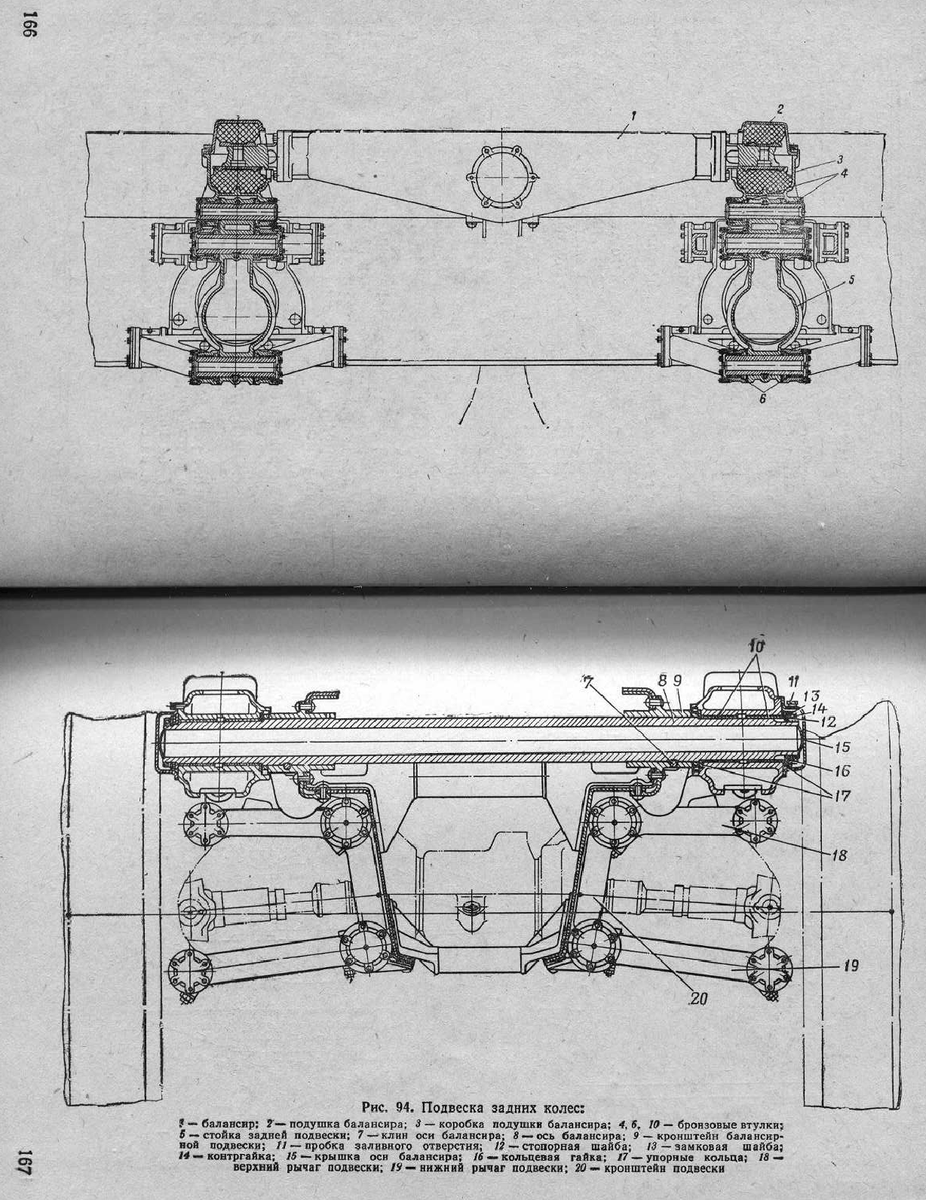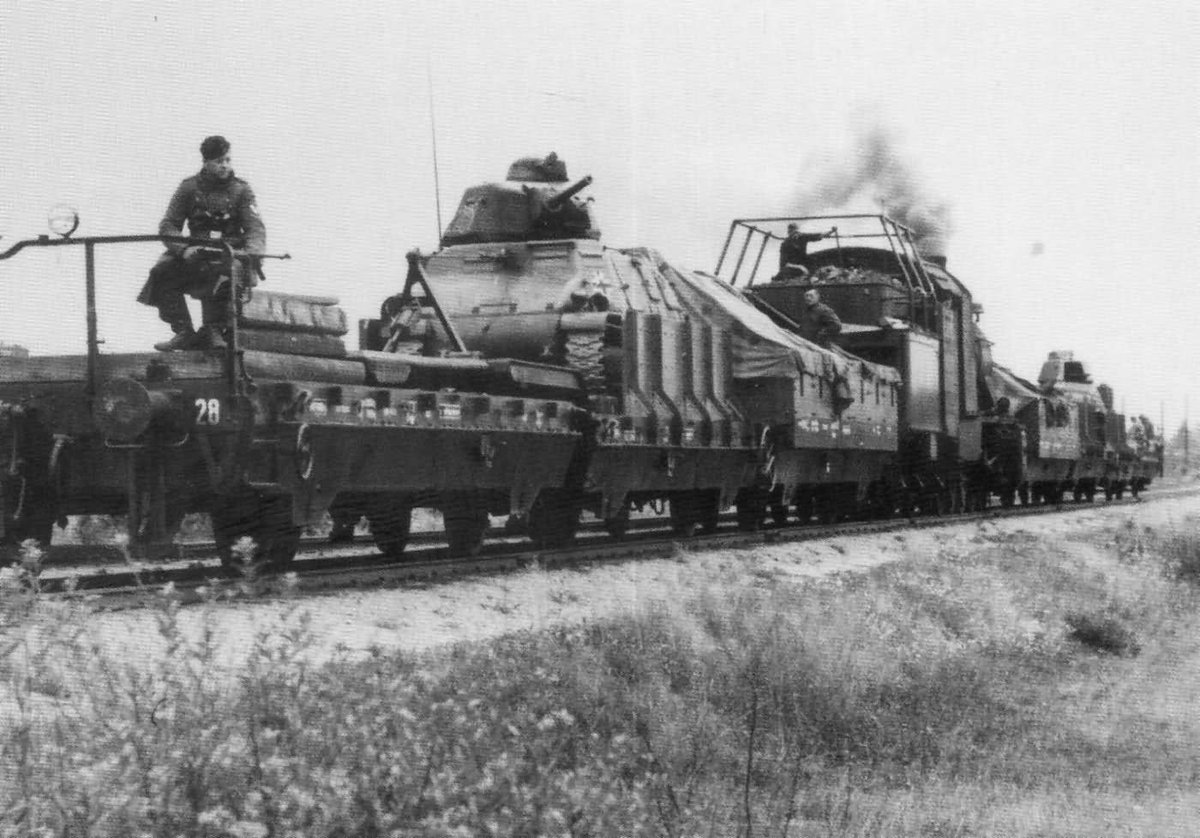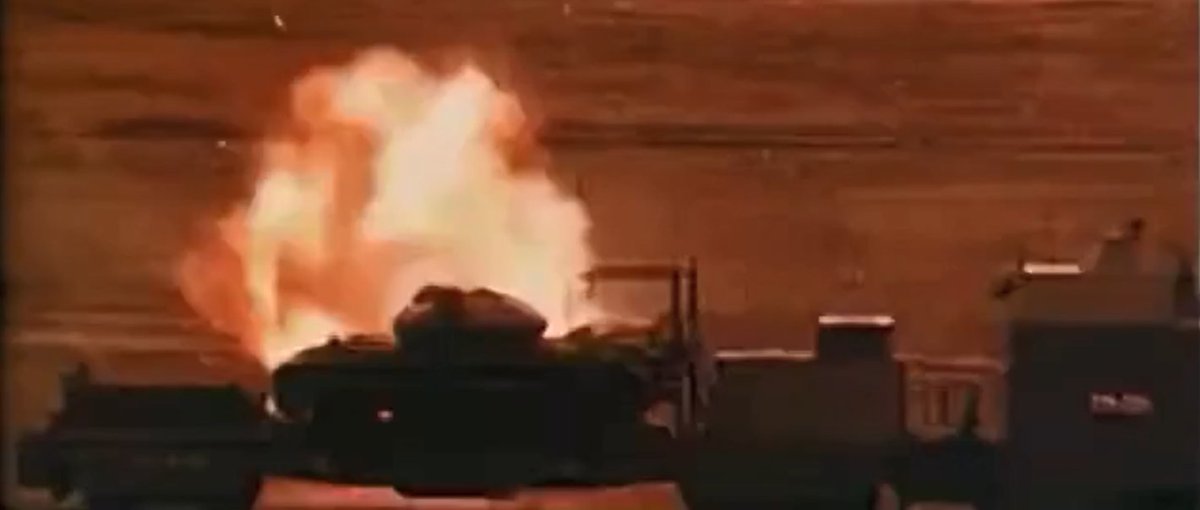(1/23) Let's talk about one of the enablers of both the Russian and Ukrainian tank fleets, the MAZ-537 heavy truck often used as a tank transporter. 

(2/23) The MAZ-537 was originally built by the Minsk Automobile Factory (MAZ) in Belarus, as well as later the Kurgan Wheeled Tractor Factory (KZKT) in Russia, from 1960 until 1990.




(3/23) You are probably most familiar with their MAZ-543, which is most famously used as a platform for the R-17 Elbrus (SS-1C Scud-B) TBM, as well as for the BM-30 Smerch MRL and S-300P SAM systems.






(4/23) During World War II, the Soviets did not have an indigenous heavy tank transporter capable of carrying the T-34 or heavier tanks. They were critically reliant on Lend-Lease vehicles like the American Diamond T 980 for this. 

(5/23) Without tank transporters, this often meant having to drive the tanks on long marches. This used up valuable component lifespans, and in the earlier stages of the war this would lead to attrition as tanks broke down.
https://t.co/2TinB9OqO3tankarchives.ca/2014/11/repair…

https://t.co/2TinB9OqO3tankarchives.ca/2014/11/repair…

(6/23) The other alternative was, of course, rail transport, but this has its own problems, as James Kinnear points out.
https://t.co/N4LdcbFrGfkeymilitary.com/article/mighty…


https://t.co/N4LdcbFrGfkeymilitary.com/article/mighty…


(7/23) The first Soviet postwar tank transporter was the YaAZ-210 (YaAZ — Yaroslavl Automobile Factory). However, this vehicle lacked the desired cross-country mobility the Soviets required.
https://t.co/vrL5GTKYNDkeymilitary.com/article/lost-r…


https://t.co/vrL5GTKYNDkeymilitary.com/article/lost-r…


(8/23) In 1958, MAZ began producing the MAZ-535 8x8 artillery tractor. This was the immediate precursor to the MAZ-537. It was powered by a 375 hp D12A-375 V-12 diesel engine, basically a downrated version of the V-12 diesels in contemporary Soviet tanks. 

(9/23) The MAZ-535V semi-tractor variant was used as a tank transporter as well as for other purposes, like hauling the experimental Tu-123 cruise missile (right).




(10/23) The D12A-375 engine was found to be underpowered, and it was boosted to 525 hp as the D12A-525 (shown). The wheelbase was also extended by 0.3 m, creating the definitive MAZ-537. 

(11/23) There are several different variants of the MAZ-537, but the one most commonly used for tank transporting is the MAZ-537G, which has a winch after the engine compartment for towing tanks onto the trailer. It is capable of towing a trailer up to 68 t.




(12/23) For this purpose, it is usually paired with the MAZ/ChMZAP-5247G trailer, which allows tanks/vehicles up to 50 t to be transported, seen here with an MT-LB.
(13/23) Automotively, the MAZ-537G is relatively conventional. It uses independent torsion bar suspensions for the first two pairs of wheels (left), while the rear two pairs use are combined on a bogie with leaf spring suspension (right).




(14/23) The transmission is hydro-mechanical with a planetary (epicyclic) gearbox (3 forward, 1 reverse), the type favoured by the Soviets for its compactness.






(15/23) Externally, of course, the MAZ-537G has huge tires to help give it good ground clearance and cross-country capability, far exceeding the previous YaAZ-210.
(16/23) According to Kinnear, the MAZ-537 gave Soviet tank units much greater strategic mobility than could be achieved via railways. 

(17/23) Today, the MAZ-537G remains in use with former Warsaw Pact and Soviet countries. Ukraine continues to use it, seen here with the more modern ChMZAP-9990 trailer which can carry up to 65 t.
(18/23) The intended Soviet replacement for the MAZ-537 in the tank transporter role was the KZKT-7428, but this was only built in small numbers before the USSR collapsed.
https://t.co/xs8KNbsknKmilitarytoday.com/trucks/kzkt_74…

https://t.co/xs8KNbsknKmilitarytoday.com/trucks/kzkt_74…

(19/23) The modern Russian successor is the KaMAZ-65225, but this has generally inferior cross-country performance to the MAZ-537G and is also underpowered with only a 360 hp engine.
https://t.co/Kaytk0R4fEmilitarytoday.com/trucks/kamaz_6…

https://t.co/Kaytk0R4fEmilitarytoday.com/trucks/kamaz_6…

(20/23) The KaMAZ-78504 attempts to rectify these problems, but it is unlikely to have been built in enough numbers to replace the MAZ-537, since it only entered production in 2015.
https://t.co/Z7hGjV0hbgmilitarytoday.com/trucks/kamaz_7…

https://t.co/Z7hGjV0hbgmilitarytoday.com/trucks/kamaz_7…

(21/23) Ukraine has the domestic KrAZ-6446 (seen here carrying a 2S7 Pion), but for similar reasons, it is unlikely they have built enough to completely replace the MAZ-537G.
https://t.co/ZFU9QCZfwxautokraz.com.ua/index.php/en/f…

https://t.co/ZFU9QCZfwxautokraz.com.ua/index.php/en/f…

(22/23) In Ukrainian service, the KrAZ and MAZ have been supplemented by the American Oshkosh M1070 tank transporter, necessary for supporting Western AFVs, which are significantly heavier than Soviet/Ukrainian ones.
https://t.co/dUm1JtqMqVmil.in.ua/en/news/ukrain…

https://t.co/dUm1JtqMqVmil.in.ua/en/news/ukrain…

(23/23) The best (and only) book in English on the MAZ-537 (and MAZ-535) is probably Jochen Vollert's book from Tankograd. 

If you would like your own MAZ-537, you can buy one from Mortar Investments starting at €22,000.
?mortarinvestments.eu/catalog/item/m…
?mortarinvestments.eu/catalog/item/m…
• • •
Missing some Tweet in this thread? You can try to
force a refresh














































